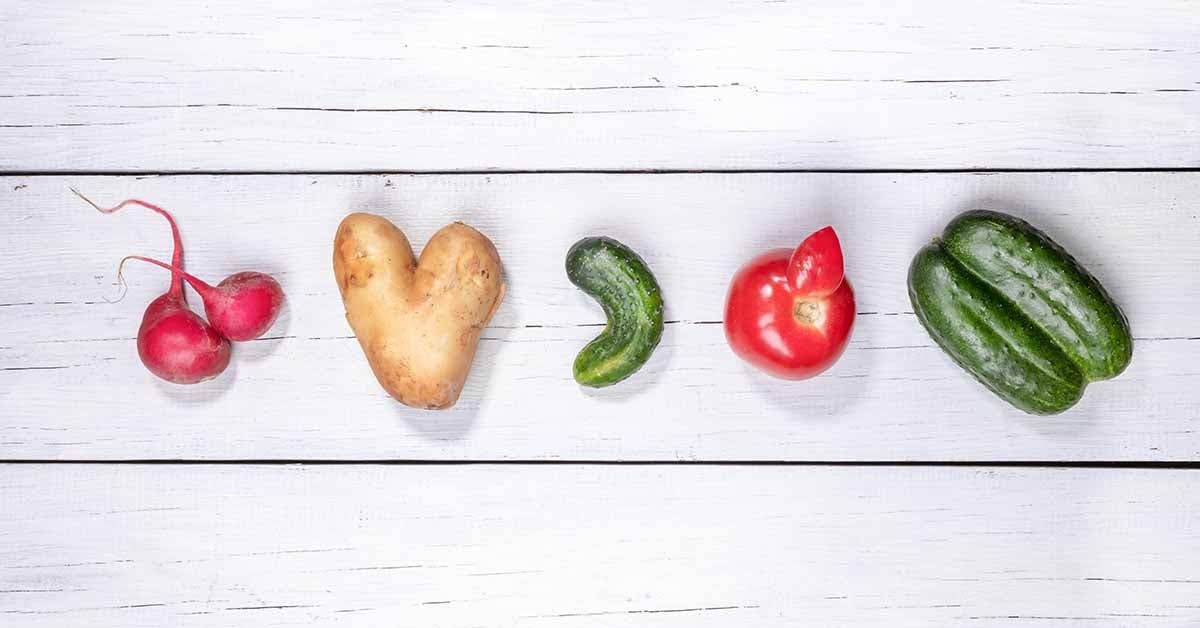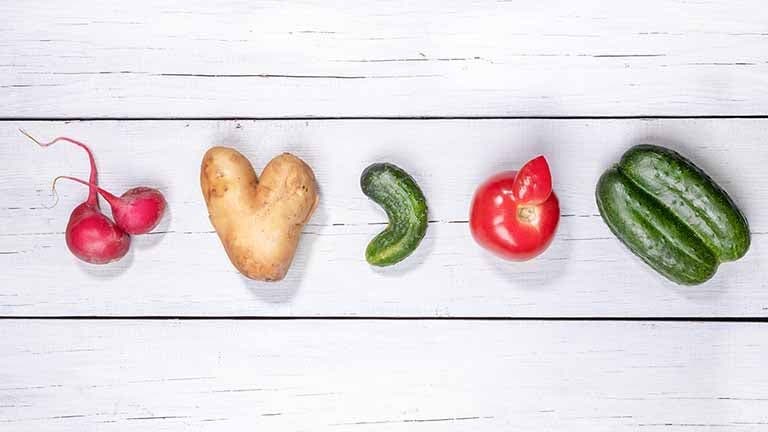How to be mindful about your food choices


Are you ready to practice ethical shopping? Here’s everything you need to know about the benefits of being a conscious consumer in the kitchen.
What is conscious consumption?
Conscious consumption is a form of consumer behaviour that takes into account the environmental, political, and social effects of purchasing from or boycotting certain companies. Those who practice conscious consumption typically do so with the goal of promoting fair work conditions, environmentally sustainable products and charitable donations. The goal is to avoid mass-produced, cheaply made consumer goods that have been manufactured in dangerous conditions by underpaid factory workers in unsafe conditions.
Conscious consumption is mindful consumerism
Practicing conscious consumption is considered an act of mindful consumerism. As with all mindfulness techniques, the aim is to shop with intention and without distraction. While it might seem like your boycott — or buycott, which means to intentionally support a company — is unlikely to make a difference in the grand scheme of things, when combined with similar efforts of others, your shopping preferences can bring on positive change in large corporations.
Practicing conscious consumption in the kitchen
Being a conscious consumer in the kitchen is a great way to reduce food waste while supporting local farmers and your community at the same time. The following tips for maintaining an ethical kitchen are accessible and cost-effective for many Canadian households.
Make a complete kitchen inventory
Taking the time to create an inventory of kitchen and food items will help prevent over-purchasing and food waste. Create a list of all your kitchen equipment and small appliances, the items in your pantry and freezer, cleaning supplies and all the food stored in the fridge (break up your inventory into small sections if this makes the task less daunting.) Donate underused kitchen equipment or appliances and get rid of expired or rancid food, composting if and whenever possible. Keep a whiteboard handy in the kitchen so items requiring replacement can be recorded and purchased as needed.
Buy less food at a time
Get into the practice of buying a few day’s food at a time, if possible (acknowledging that, for some households this may be an unrealistic practice.) Fewer groceries means less waste, especially if meals are planned ahead of time. Try to get into the habit of using up the food in your fridge before going grocery shopping again.
Make a shopping list and stick to it
Sticking to a planned shopping list will not only help reduce food waste, it leads to fewer impulse purchases — which also means it’s easier on the wallet. Although it requires some work to set up, the use of a kitchen inventory system will help streamline the process of creating an efficient shopping list.
Buy “ugly” whenever possible
Did you know that roughly 30 per cent of produce doesn’t make it to the shelves because of its appearance alone? In a direct response to this statistic, it has become increasingly normal for grocery stores and farmers markets to sell “ugly” fruits and vegetables to consumers at a discounted price. While this produce may not be “photo ready”, it still tastes exactly the same — no one will ever be the wiser once it’s been diced, sliced, minced or mashed!
Learn how to store food for the long(er) term
Learning how to properly store food will easily double or triple the shelf life of some of the groceries you bring into your home, reducing food waste and lowering your long term grocery bill in the process. Looking to maximize the freshness of fruits and vegetables? Check out this WW-approved guide for storing fresh produce. Store dried beans, grains, pasta and baking essentials in clear glass or plastic containers so you’ll know when items need to be replaced and to prevent multiple open bags of the same product.
